Tag: 19th-century
-
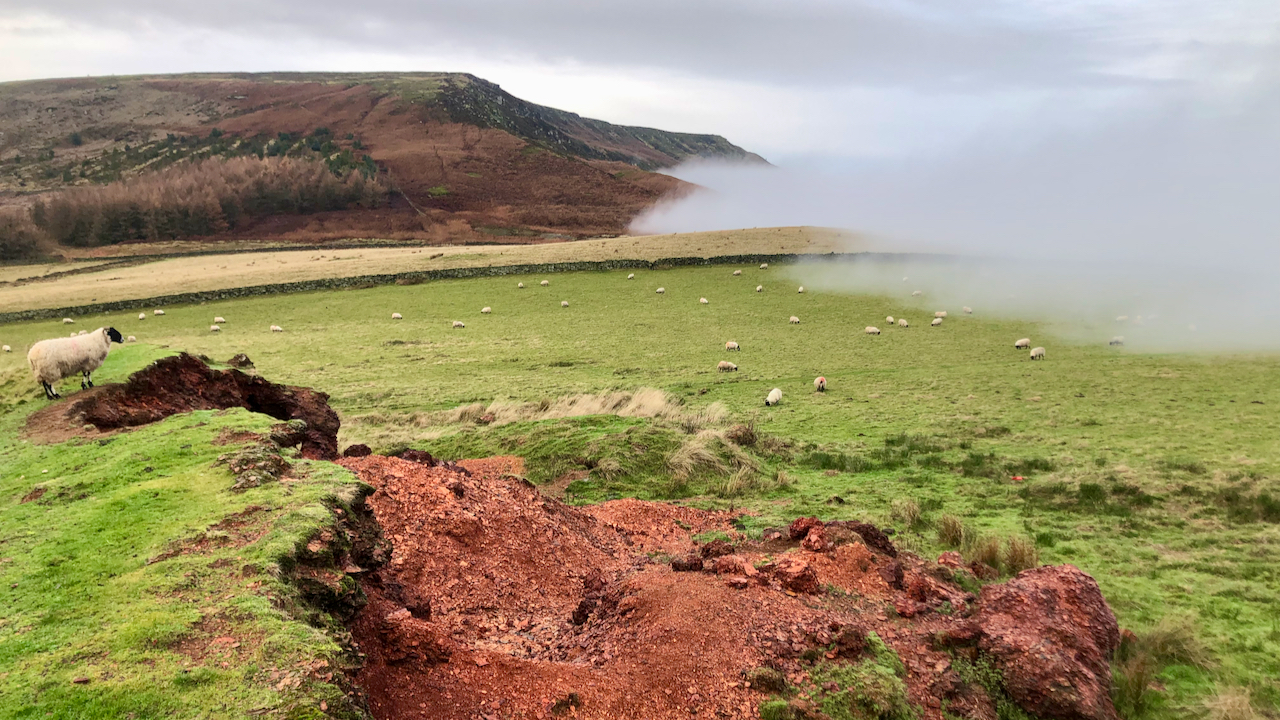
A temperature inversion covered the lowlands around Stokesley this morning, inching up the steep banks of the Cleveland Hills
The sheep munching away on the col between Cringle and Cold Moors are apathetically unaware of the creeping cloud. The distinctive red earth is a spoil heap from jet working that has been burnt to convert the soft, crumbly shale into a hard, flakey material for use in building up farm tracks. The burning seems…
-
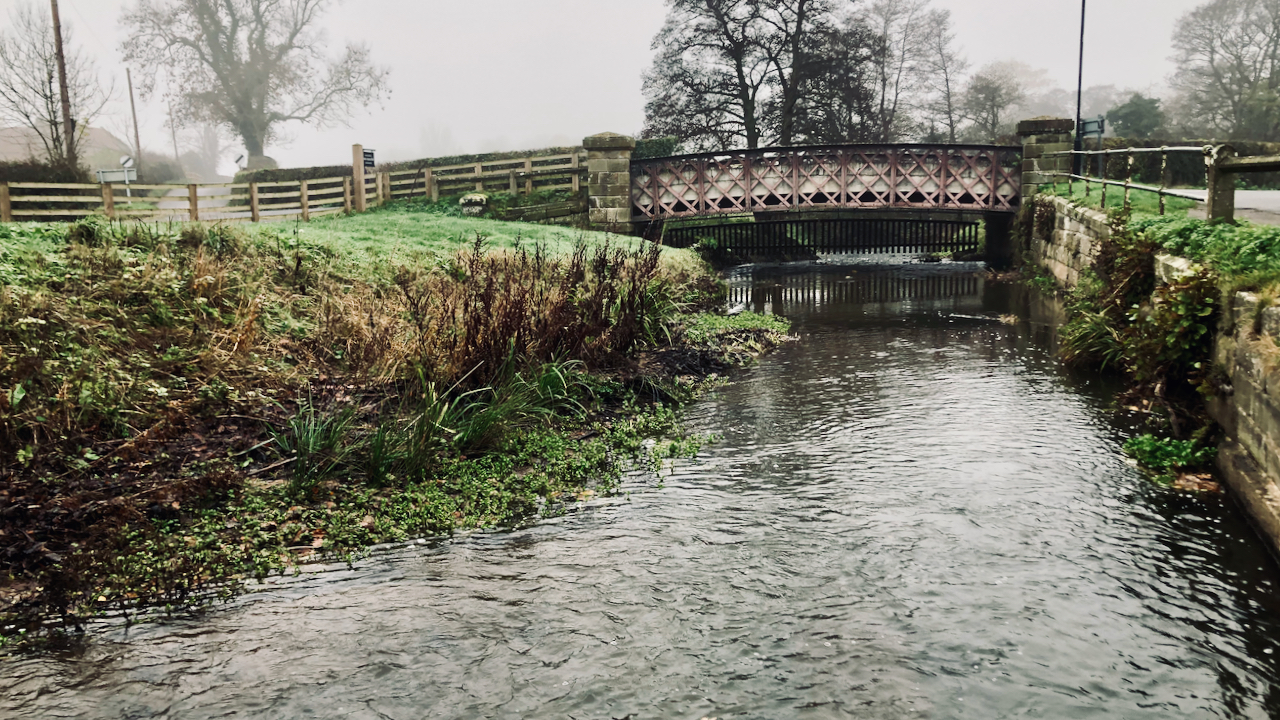
Quiz time: what links this photo to the Yangon-Mandalay railway in Myanmar?
Myanmar was once a province of British India which, from 1824 to 1948, and was known as British Burma. The British first introduced a railway to Lower Burma in 1877 connecting Rangoon (Yangon) to Prome (Pyay) — 161 miles long. Subsequent developments included, in 1884, a 166 mile line along the Sittaung River from Yangon to…
-
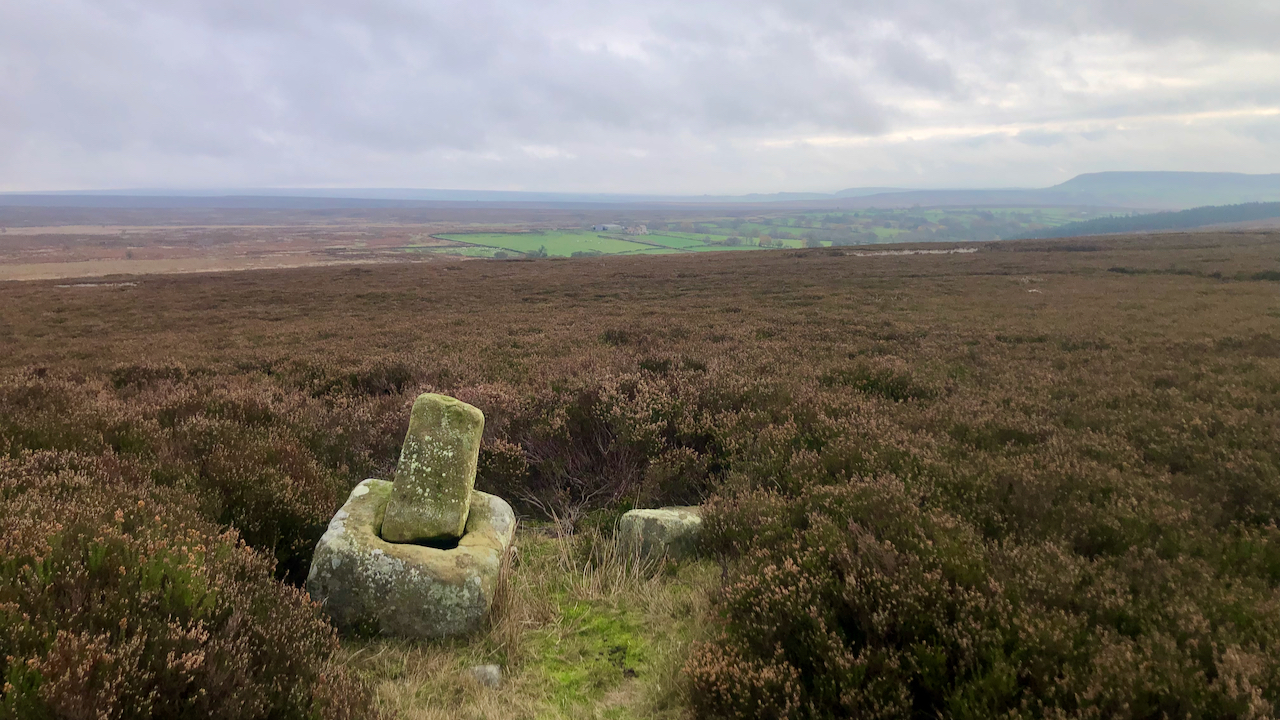
A day which started with me looking for a Medieval Cross and ended up uncovering a gruesome Victorian murder
Had a wander around Roppa Moor, north of Helmsley. The cross turned out to be a little disappointing, just the recessed base and a piece of the shaft. This is actually the northernmost of the remains of two wayside crosses (360m apart) that located alongside the supposed medieval ‘pæth‘ that ran south from the junction…
-
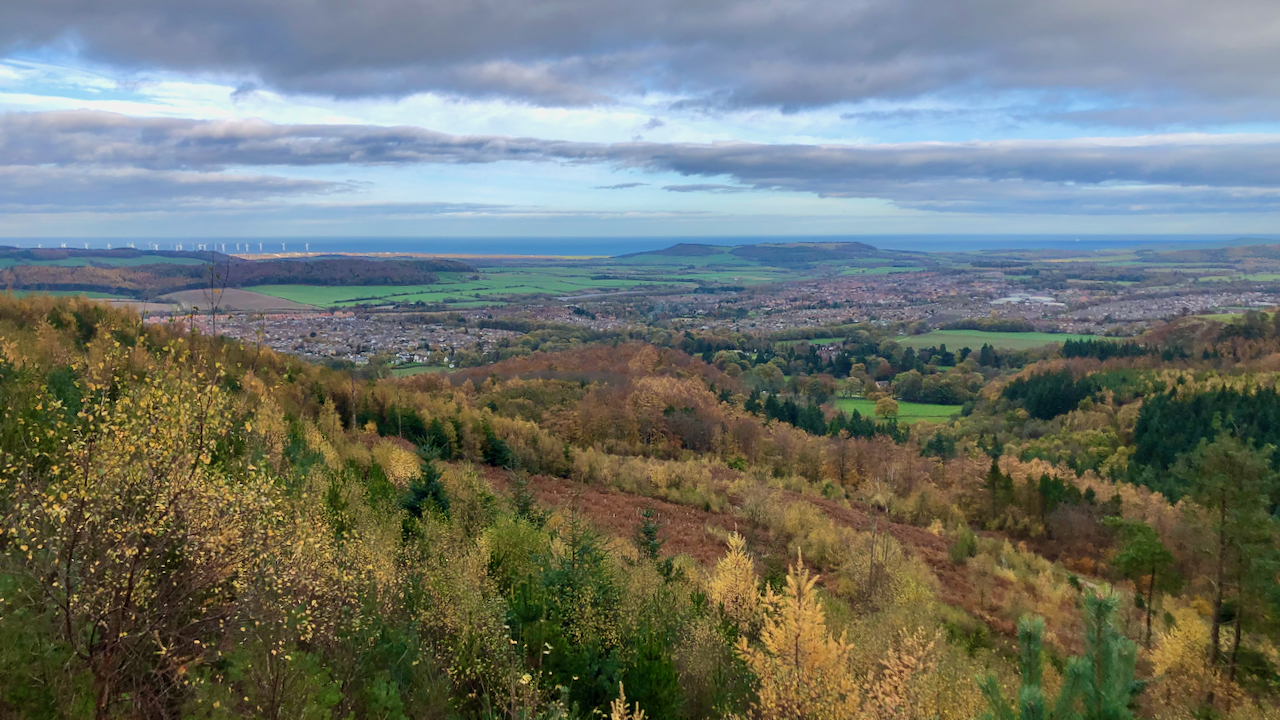
On this day in 1853, the Middlesbrough & Guisborough Railway was opened with great fanfare to transport ironstone from Joseph Pease’s mines at Codhill to the smelting furnances of the nascent Teesside
The York Herald reported the event. This line was opened for mineral traffic on Friday, the 11th inst. The day being highly propitious, several hundred people assembled to do honour to the occasion. Long before the hour specified, masses of human beings might be seen wending their way to the far-famed Codhill, where the ironstone…
-
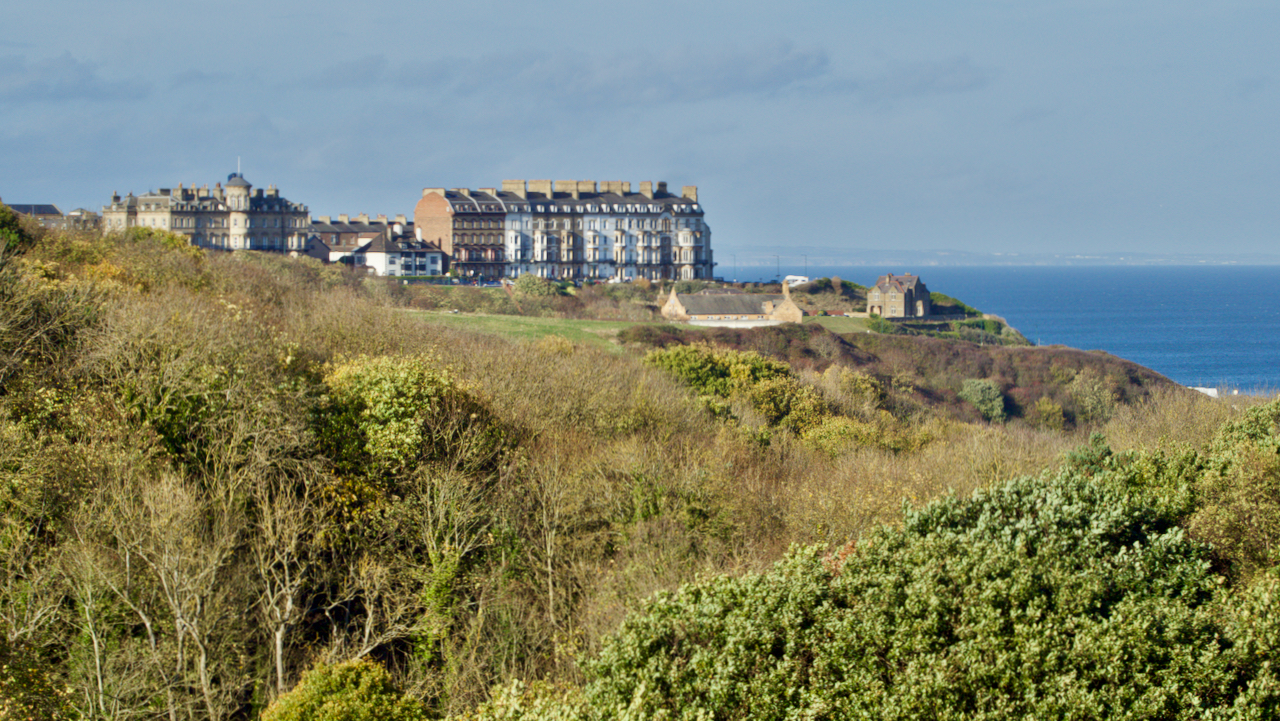
The colourful life of Lord Ernest Vane Tempest
In spite of occupying the prime spot overlooking Saltburn Sands, Britannia Terrace is architectually dominated by Henry Pease’s Zetland Hotel, described in 1867 as “one of the most magnificent and commodious Marine Edifices in the Kingdom,” commanding “a splendid Prospect of the Sea and the finest Mountain Scenery in England“. I love it when I…
-
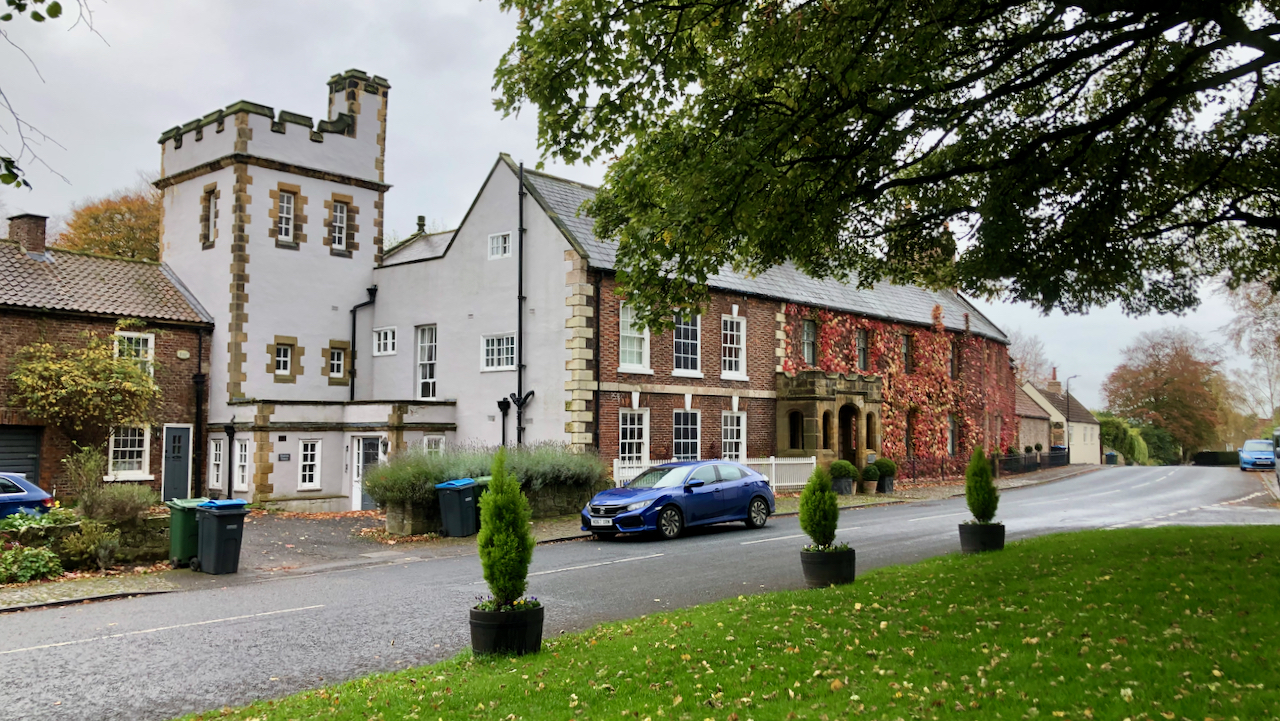
Hutton Hall
This building has always intrigued me. Sited at the east end of the long tapering village green of Hutton Rudby, it was at one time seat of the Lord of the Manor of Hutton although it was split into two dwellings soon after 1947. While the whole building is Grade II listed, it is the…
-
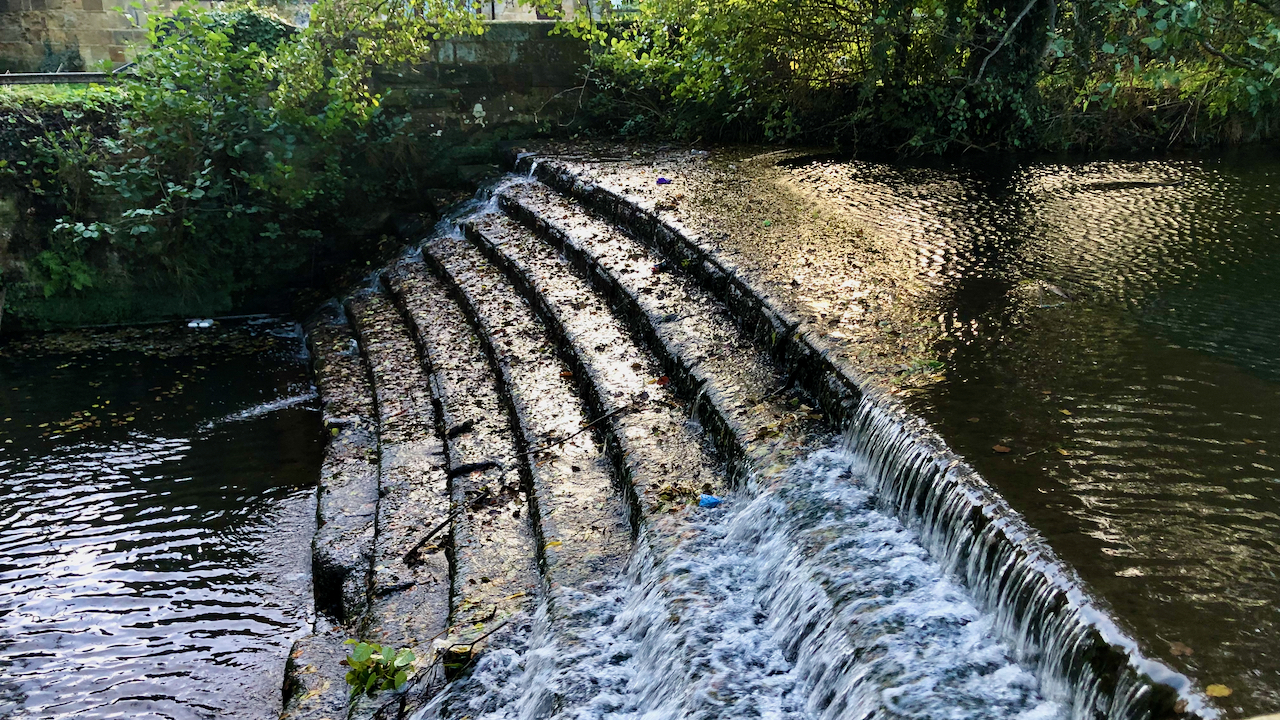
Ayton Weir
The cataractic centrepiece of ‘Waterfall Park‘ off the High Street in Great Ayton. The weir served two mills: Ayton Mill, situated south of the ‘Buck Inn’, and Low Mill, well downstream of Low Green, shared by a common race which can still be traced today. Both these mills have existed since medieval times but in…
-
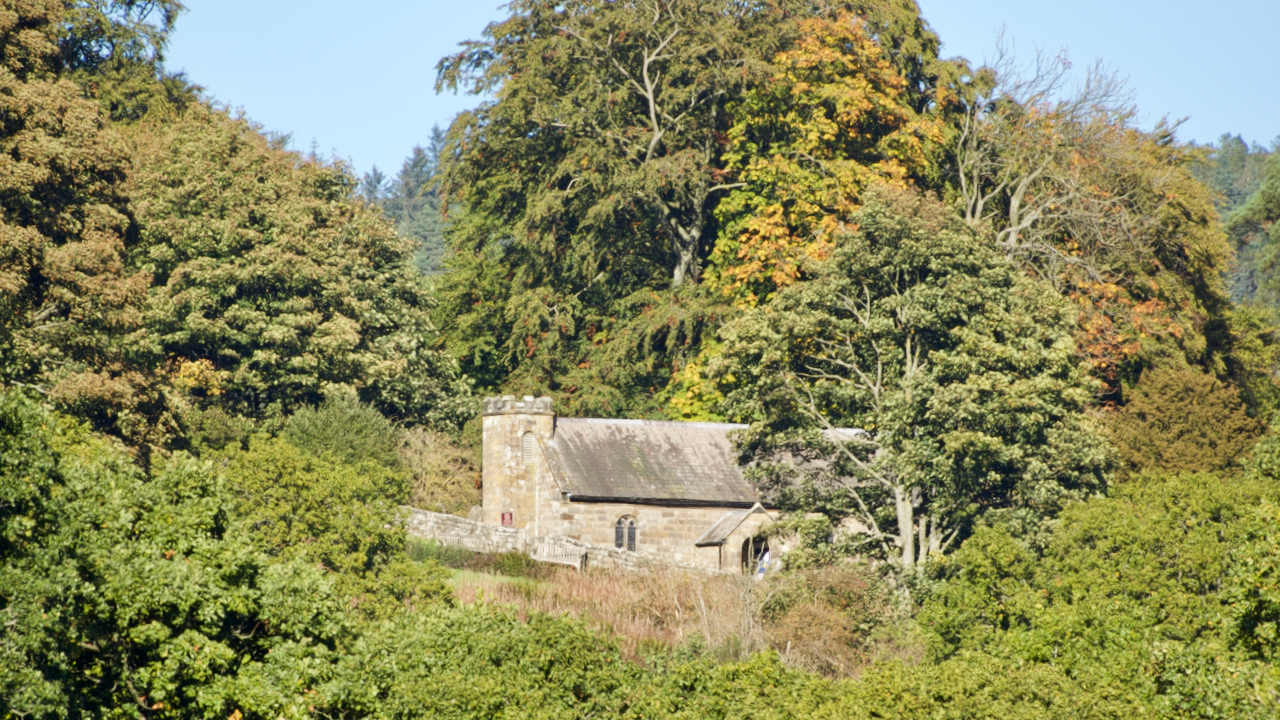
John Scarth, a “well-to-do” Bransdale farmer
A lovely view of St Nicholas Church appearing through a window in the autumnal canopy from a field near to Bransdale Mill where the National Trust are creating a wildflower meadow. The little church at Cockayne was built about 1800, so it would have been very familiar to John Scarth, a well-to-do farmer who was…
-
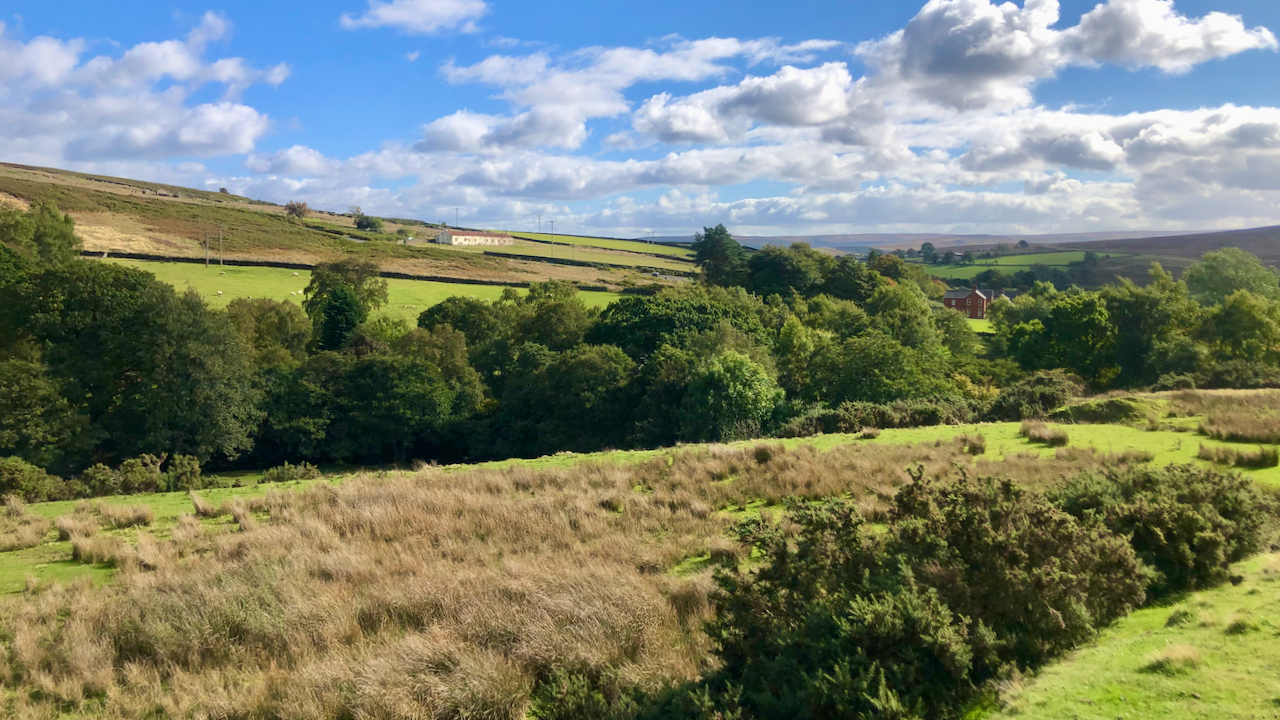
Ravensgill, Commondale
When The Commondale Brick & Pipe Works closed its gates for good in 1947, this would have been a very different scene probably with no tree or blade of grass to be seen. It is now a Scout camp, so not normally accessible. I took the opportunity to search the beck for a memorial carved…
-
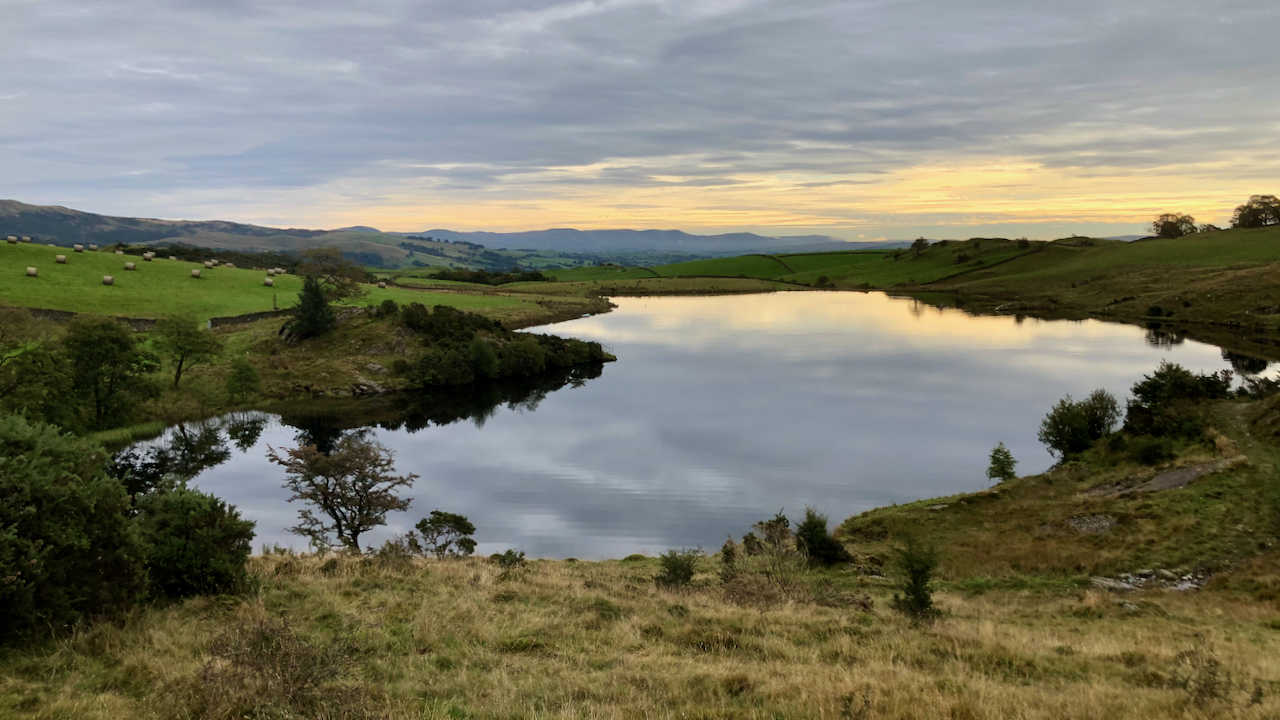
Suart’s Reservoir
A busy weekend near Staveley in the Kent valley, “gateway to the Lakes”. Yesterday saw a return to Gurnal Dubs which visited in 2016 during the supervision of a DoE expedition. Today Suart’s Reservoir which is on the south side of the valley in the parish of Nether Staveley. It is entirely on farmland with…